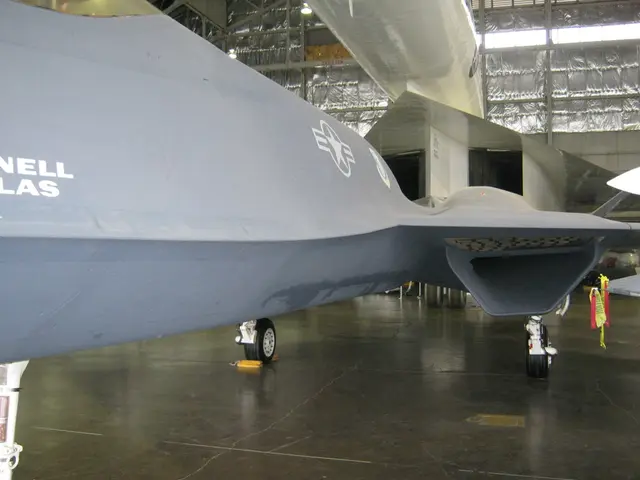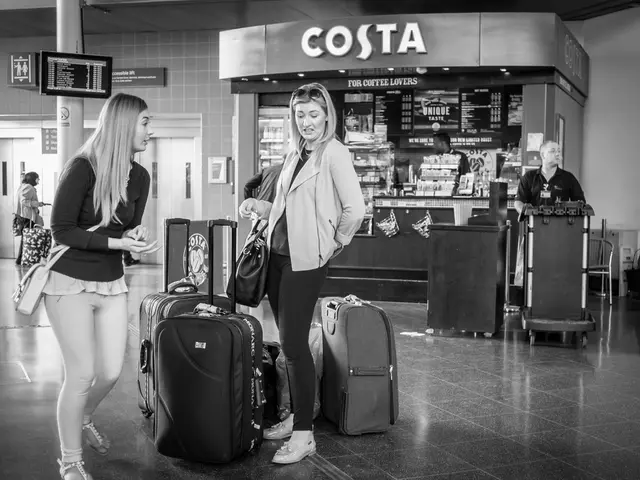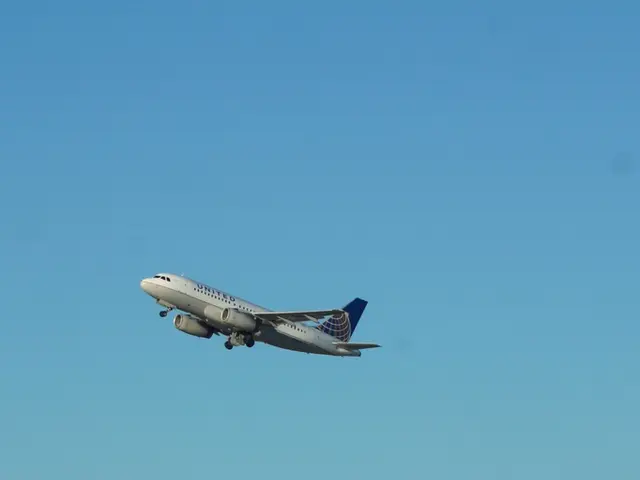Lufthansa jet cruises for ten minutes autonomously without human pilot input.
Chaotic Scene in Lufthansa Cockpit: Flight Operated without Pilot for Ten Minutes
A spine-tingling incident unfolded on a Lufthansa flight from Frankfurt to Seville back in February 2024. Owing to a medical emergency in the cockpit, the aircraft was piloted by the autopilot for around ten minutes - without a human pilot at the helm.
You heard it right; the captain, in need of a quick pit stop, left the cockpit, and the co-pilot collapsed. In a panic, the crew attempted unsuccessfully to regain entry to the cockpit.
According to the Spanish aviation accident investigation authority CIAIAC, the co-pilot's collapse led him to unintentionally activate certain switches, and there were movements on the right pedal that triggered an alarm. Despite this, the autopilot and auto-thrust remained operational, keeping the aircraft on course.
As time ticked by, the captain made five attempts to re-enter the cockpit, using the security door code. However, the door remained locked. A flight attendant then tried to contact the cockpit, but their calls went unanswered. The captain finally entered the emergency code into the security door system, and just before the door was about to unlock automatically, the co-pilot regained consciousness and manually opened the door.
Upon entering, the captain discovered the co-pilot was in a weak state, sweating profusely and exhibiting erratic movements. As a result, the captain made the decision to make an emergency landing in Madrid. A doctor on board administered immediate medical aid, and the co-pilot was transported to a hospital in Madrid for further treatment.
The CIAIAC report concluded that the co-pilot's seizure was a symptom of an undetected neurological illness. The crew's prompt response was lauded by the CIAIAC as professional and swift.
In light of this incident, the authors of the report recommended that the European air safety agency EASA reconsider the crew complement rules for the cockpit. They proposed that there should always be at least two individuals in the cockpit.
Previously, following the crash of a Germanwings plane in the French Alps in March 2015, EASA made a similar suggestion. However, this recommendation was revised in 2016 - airlines were now tasked with assessing their own risk situations and instituting guidelines accordingly.
Safety, above all, seems to be the watchword at EASA, which emphasizes the importance of maintaining a well-manned cockpit. Typically, the agency promotes that there should always be two authorized pilots in the cockpit, especially if one needs to leave for any reason. Keeping this in mind, it's less a question of if EASA will take action, but rather how they'll reinforce safety guidelines and ensure they're strictly adhered to by airlines.
- Industry experts and aviation authorities, following the Lufthansa incident, have emphasized the importance of maintaining a well-manned cockpit, encouraging the European air safety agency (EASA) to reconsider the crew complement rules in air transport finance.
- The community has shown concern over the recent Lufthansa incident, where the aircraft was piloted by the autopilot for ten minutes without a human pilot, highlighting the potential financial implications if safety guidelines are not strictly followed in the air transport industry.








